There’s a part of Europe deserving the wine buyer’s attention
For those on the hunt for wines that are affordable and distinctive, with freshness as well as ripe fruit, along with heritage and climate-change resilience, then there’s an area of Europe that should suit, and its location might surprise you.
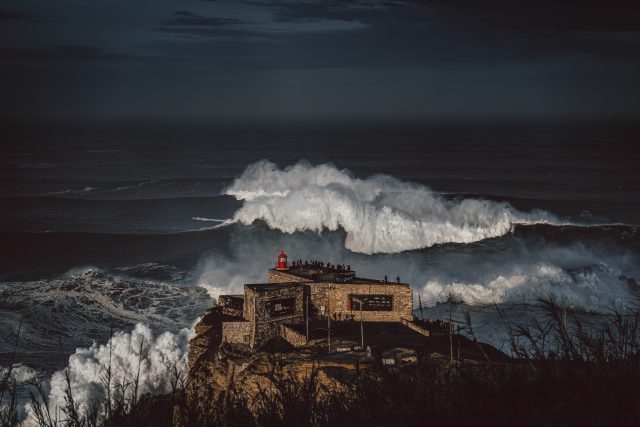
The place is in Portugal, and comprises the vineyards around the country’s capital city, Lisbon, and hence it is known collectively as Vinhos de Lisboa. While lacking the fame of major sources of affordable European wine, such as the Languedoc, Castilla-La Mancha or Sicily, this Portuguese region is an area to consider for any wine buyer looking for something a little bit different and inexpensive.
Actually an umbrella region incorporating as many as nine DOs – such as Bucelas, Colares, and Carcavelos – it is Portugal’s largest single wine producing area in volume terms, yielding around 66 million bottles annually from 10,000 hectares.
Notably, it runs along the Atlantic coast, backed by mountains, spanning an area 150km long and 40km wide, starting north of the city of Lisbon, and including vineyards on sand dunes by the sea to those on the rocky, sunny slopes, such as the Serre de Montejunto, which reaches 666m at its peak.
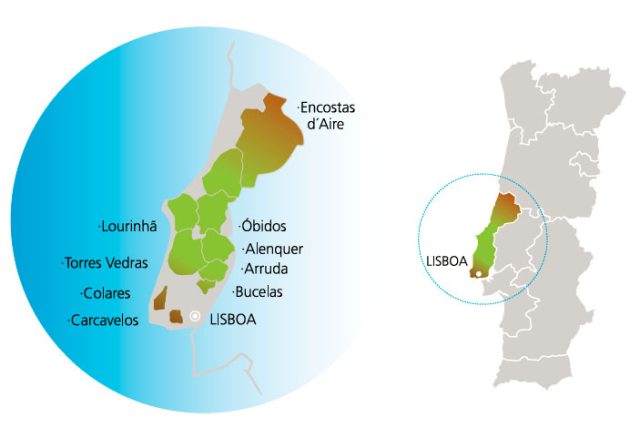
Having been asked on 25 November last year to speak to a London-based gathering of wine writers on the Vinhos de Lisboa, I narrowed down this area’s strengths to three key aspects, which comprise its historical importance, its current appeal, and its future relevance.
Firstly, why is it historically important – particularly to the Brits? Well, this umbrella appellation is home to a DO called Buceles, where an ancient native grape still grows, called Arinto. Importantly, General Wellington, during the Peninsula Wars (1807-14), stationed his troops here, and the famous figure – who defeated Napoloen Bonaparte at the Battle of Waterloo – liked wine and discovered the whites of Buceles. After the war, Wellington brought back these wines to the UK, and even introduced then to George III – who claimed the Arinto of Buceles cured him of kidney disease.
Meanwhile, the Victorians adopted it, calling it Portuguese hock, and it was the first wine to be imported by The Wine Society, just over 150 years ago.
Secondly, why does Vinhos de Lisboa have current appeal? Well, there are the styles of wine, which meet a range of current consumer demands, and without being too pricy to serve the mainstream. These include lively, relatively low-alcohol whites, as well as more serious, powerful, and age-worthy versions too. The reds range too from the fresh and acidic to the rich and fleshy, depending on the grape variety and source area – particularly the distance from the cooling Atlantic.
The wines are also made from a range of varieties, some native, even relics grapes of Portugal – such as the white Vital and red Ramisco – others international, with the likes of Chardonnay and Syrah performing especially well in this area. More niche, but delicious, is also the fantastic fortified sweet wine of Carcavelos, and amazing Lourinhã brandy, from the bounded region of the same name.
Partner Content
But it’s not just about the wines being made, this part of Europe serves as a draw for tourists, with almost 20 million visitors to the city of Lisbon annually, not just for the sites and food, but also the surfing.
Indeed, nearby Peniche is home to the world surfing league, while the Nazaré Canyon north of Lisbon is home to the world record for the largest surfed wave.
And Lisbon has become a desirable location for brainy entrepreneurs, serving as a magnet for tech startups.
Finally, why does Vinhos de Lisboa, in my view, have future relevance? Because it’s home to ancient grapes that have survived so much change over the centuries – including beating phylloxera: Lisboa is home to ungrafted vines, such as the aforementioned Ramisco in the sandy coastal area of Colares.
Vinhos de Lisboa could be one source of grapes for a warming climate, or at least one of greater weather extremes, with for example, the region’s white grapes of Arinto and Vital retaining freshness in warm conditions.
Furthermore, with this region facing the Atlantic, the vines are moderated by cooling breezes – and there’s reliable rainfall. Unlike continental regions of the Mediterranean, this Portuguese maritime district looks set to be a safe bet for viticulture well into the future.
So, in short, it might be worth considering the Vinhos de Lisboa next time you’re scanning Europe for keenly-priced wines with personality. You might want to consider them because Wellington loved them in the early nineteenth century, or because surfers love them with seafood today – as well as because they are likely to be survivors of climate change, in the medium-term at least.
Read more
Austria’s Lenz Moser to launch wine from Portugal at ProWein
Related news
Masterclass proves the UK should look out for Lisboa
Wines of Lisboa announces Manchester tasting
Libby Brodie on Lisboa and its standout, Atlantic-influenced wines

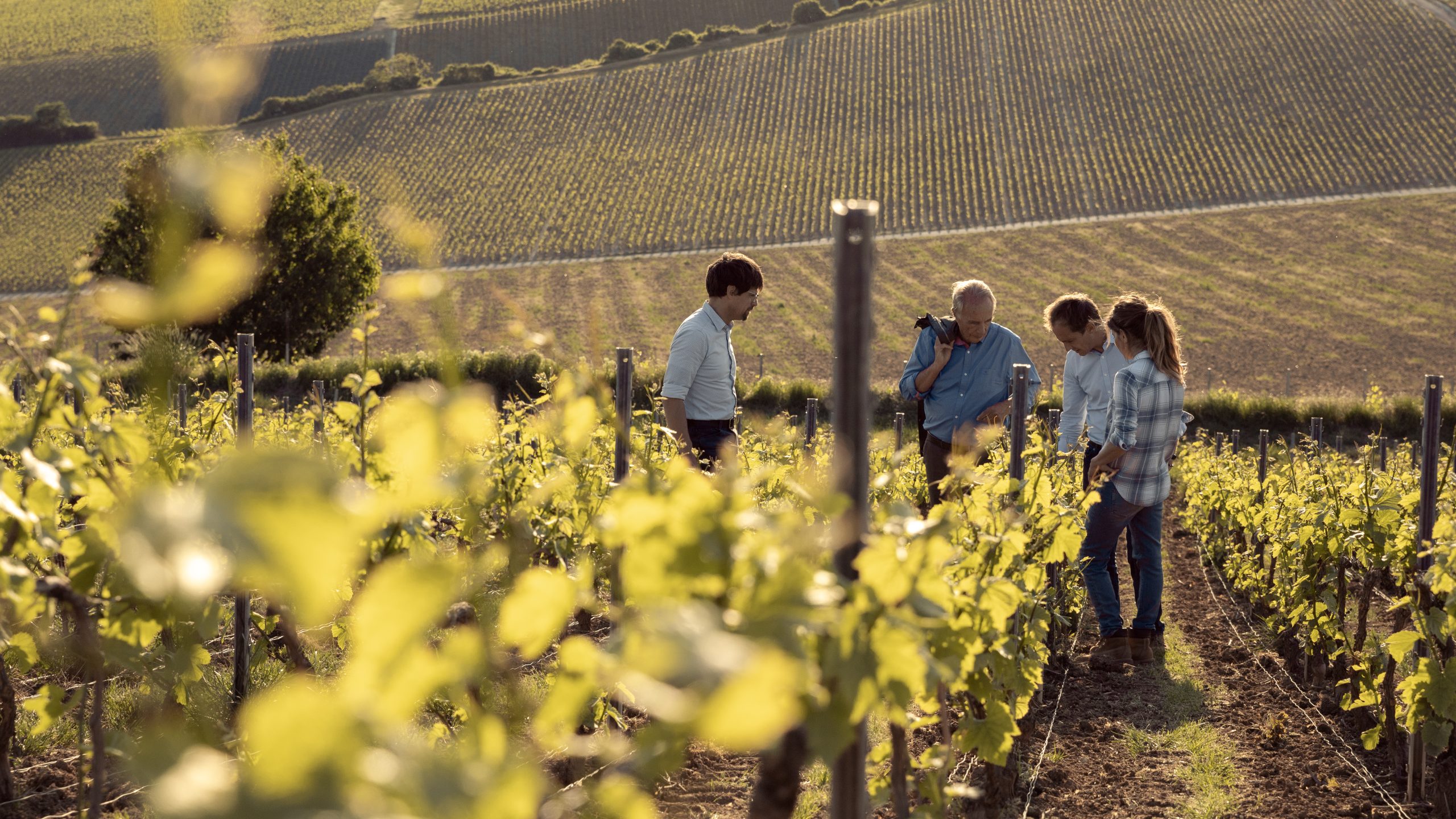
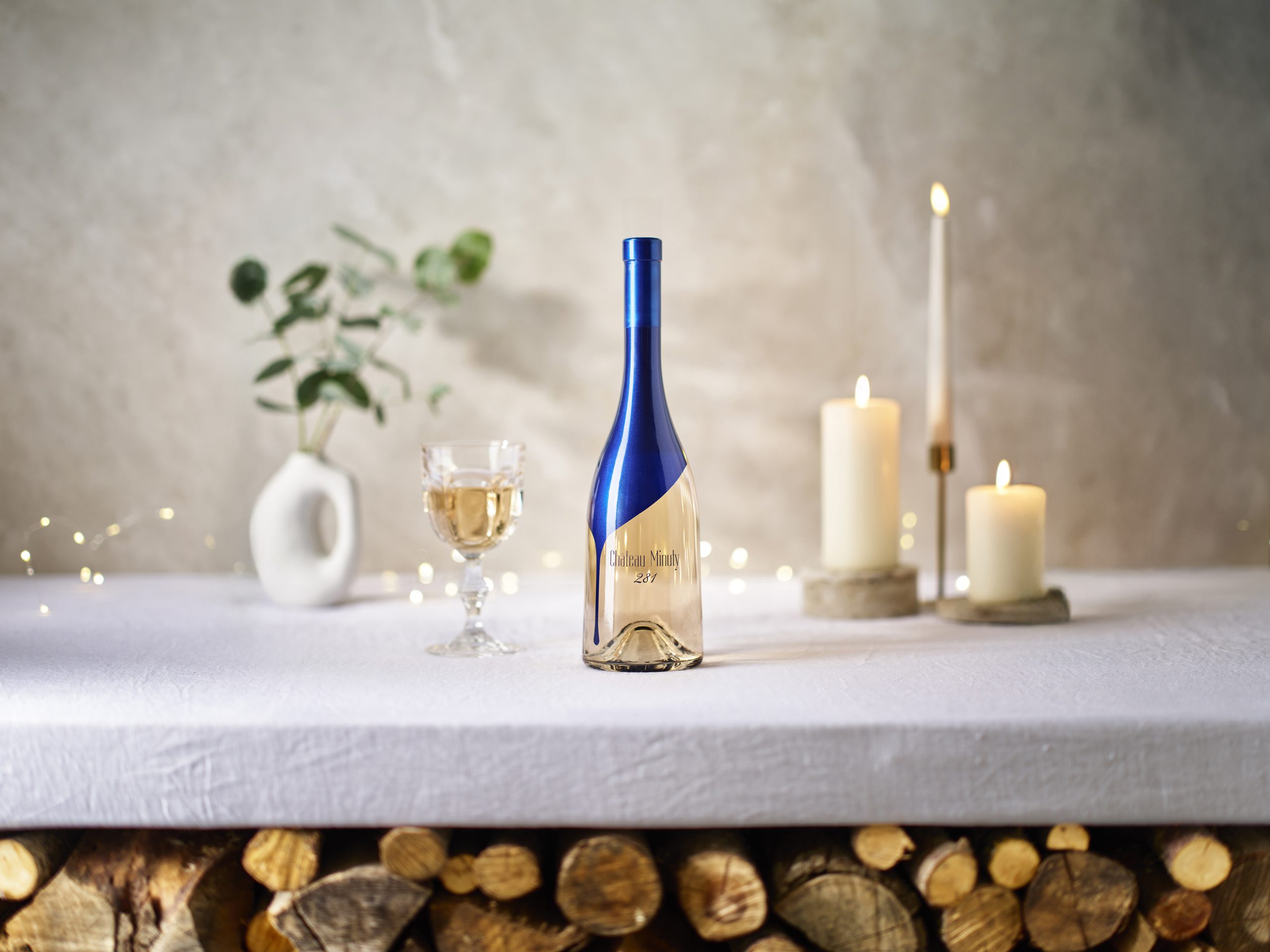

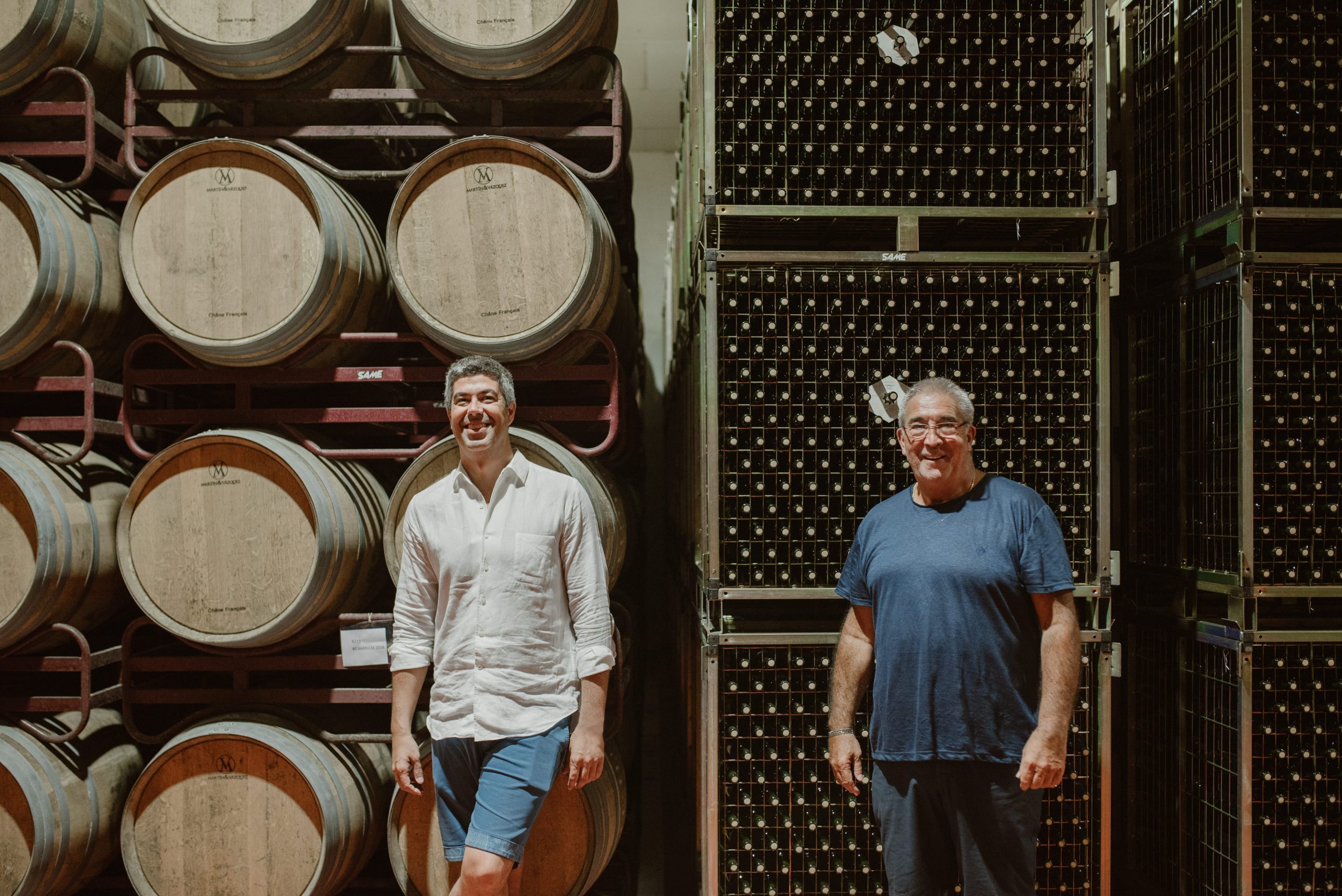
Well written article by Patrick Schmitt as usual!
Going North from Nazare and past Encostas D’Aire, you will end up in the Douro region with his superb wines, including the Port wines.
The funny part is, the more we advertise the region the more commercial it will become. For now just enjoy the good weather the great food and wines and keep a low profile.
Happy New Year to all and safe travels!